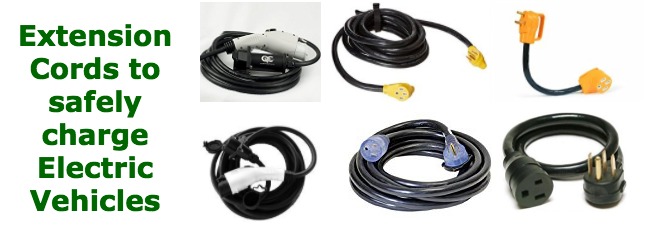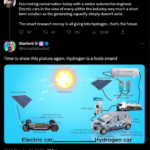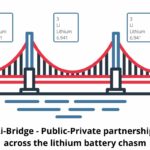There is a chicken and egg situation with large scale adoption of electric vehicles. Electricity is everywhere (more or less) meaning electric vehicles could theoretically be recharged pretty much anywhere. All that’s required is to install appropriate electrical outlets for electric vehicles to plug into. That requires an investment of money, but so long as there aren’t a large number of electric vehicles the investment won’t pay for itself. Similarly the lack of an effective charging infrastructure makes electric vehicles less attractive than they could be. A charging infrastructure is required for electric vehicle adoption, and to have the charging infrastructure there must be enough electric vehicles.
Enter Coulomb Technologies and GridPoint. At last weeks Plug-In 2009 Show they jointly announced “the first ever smart grid enabled smart charging stations for electric vehicles.” The integrated solution offers municipalities and electric utilities the ability to manage vehicle charging load in the fact of “critical grid events”. One of the fearisms attached to electric vehicle adoption is the risk of overloading the power grid on hot summer afternoons where everybody’s air conditioners are cranked to the max. An overstrained power grid would have a blackout, or so the fear induced story would have us believe. Of course the truth in this story is the power grid does have occasional blackouts or brownouts on such days.
GridPoint is a strategic partner in the earlier announced grant to eTec to deploy charging infrastructure and advance the adoption of electric vehicles. GridPoint’s charging management software will give utilities the ability to deploy load shifting, load shaping, renewables integration and demand response strategies. Advanced smart charging capabilities, such as synchronization with the availability of renewable energy, may also be explored.
This is the sort of thing the Smart Grid is supposed to accomplish. To send signals back and forth over the grid, in addition to the power delivered through the grid. These signals indicate power availability and required or suggested load balancing. This way if demand is ultra high signals can be sent out to abate the demand more gracefully than a brownout.
Additionally power storage is a critical element in adoption of alternate energy resources like wind or solar power. Wind power for example primarily occurs during the night, just when its not needed. If there were a system to store electricity generated from night-time wind power, releasing it during the day for use, it would time shift wind power to the time when it’s most needed. If electric vehicles were in wide use their battery packs would supply some of the required power storage.
- Is there enough Grid Capacity for Hydrogen Fuel Cell or Battery Electric cars? - April 23, 2023
- Is Tesla finagling to grab federal NEVI dollars for Supercharger network? - November 15, 2022
- Tesla announces the North American Charging Standard charging connector - November 11, 2022
- Lightning Motorcycles adopts Silicon battery, 5 minute charge time gives 135 miles range - November 9, 2022
- Tesla Autopilot under US Dept of Transportation scrutiny - June 13, 2022
- Spectacular CNG bus fire misrepresented as EV bus fire - April 21, 2022
- Moldova, Ukraine, Georgia, Russia, and the European Energy Crisis - December 21, 2021
- Li-Bridge leading the USA across lithium battery chasm - October 29, 2021
- USA increasing domestic lithium battery research and manufacturing - October 28, 2021
- Electrify America building USA/Canada-wide EV charging network - October 27, 2021

















Pingback: Planning for the coming wave of electric vehicles | The Long Tail Pipe